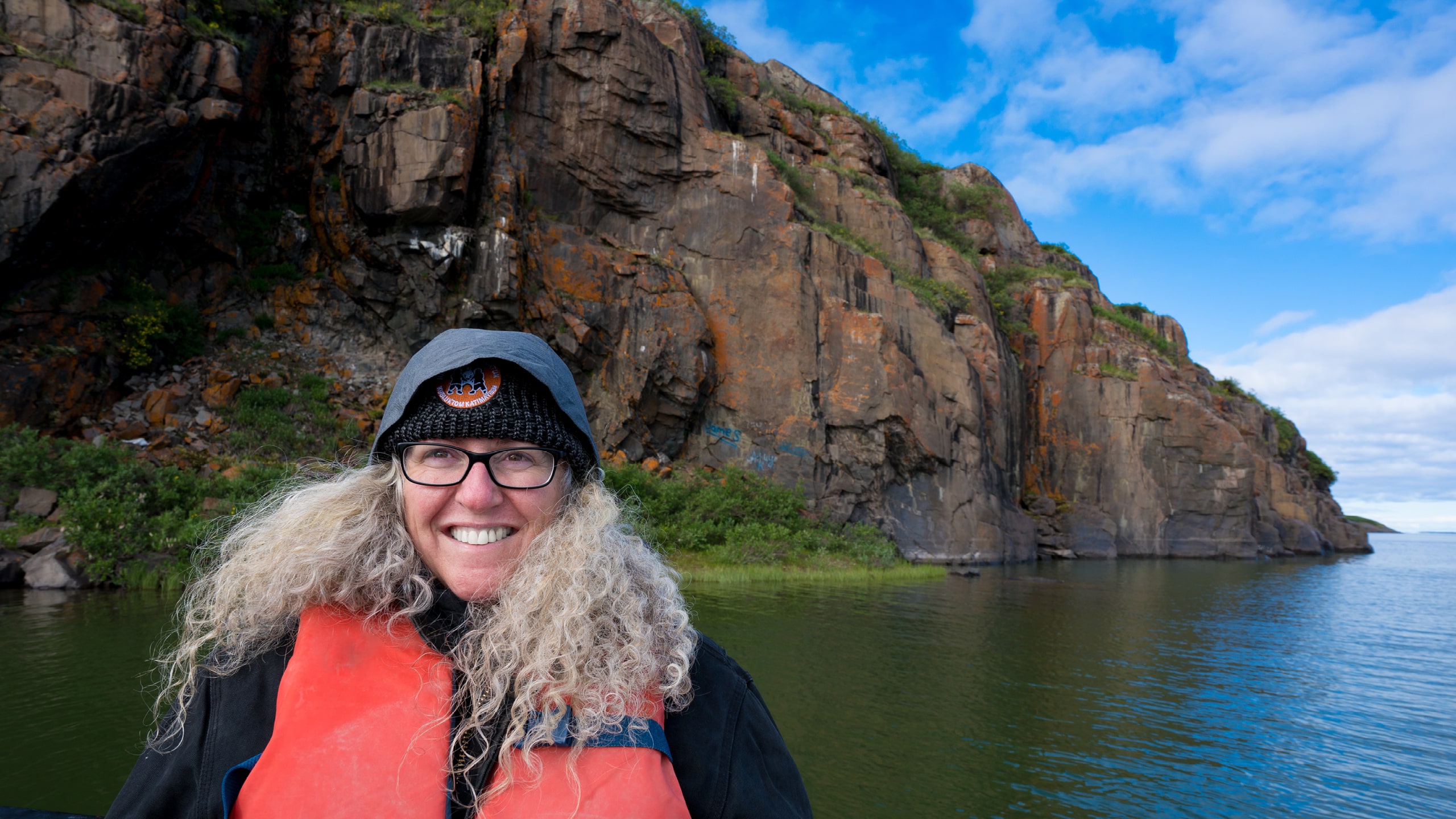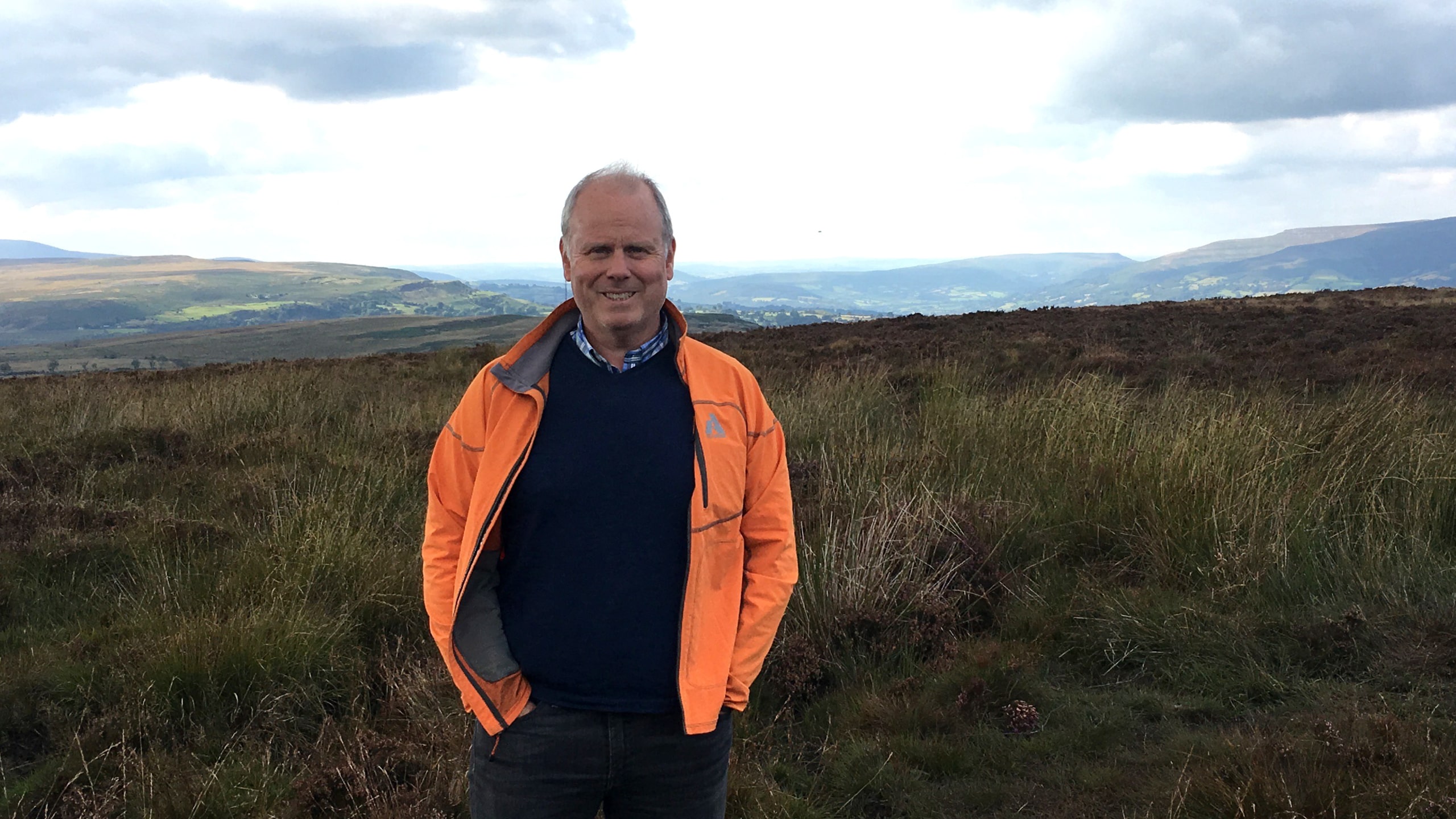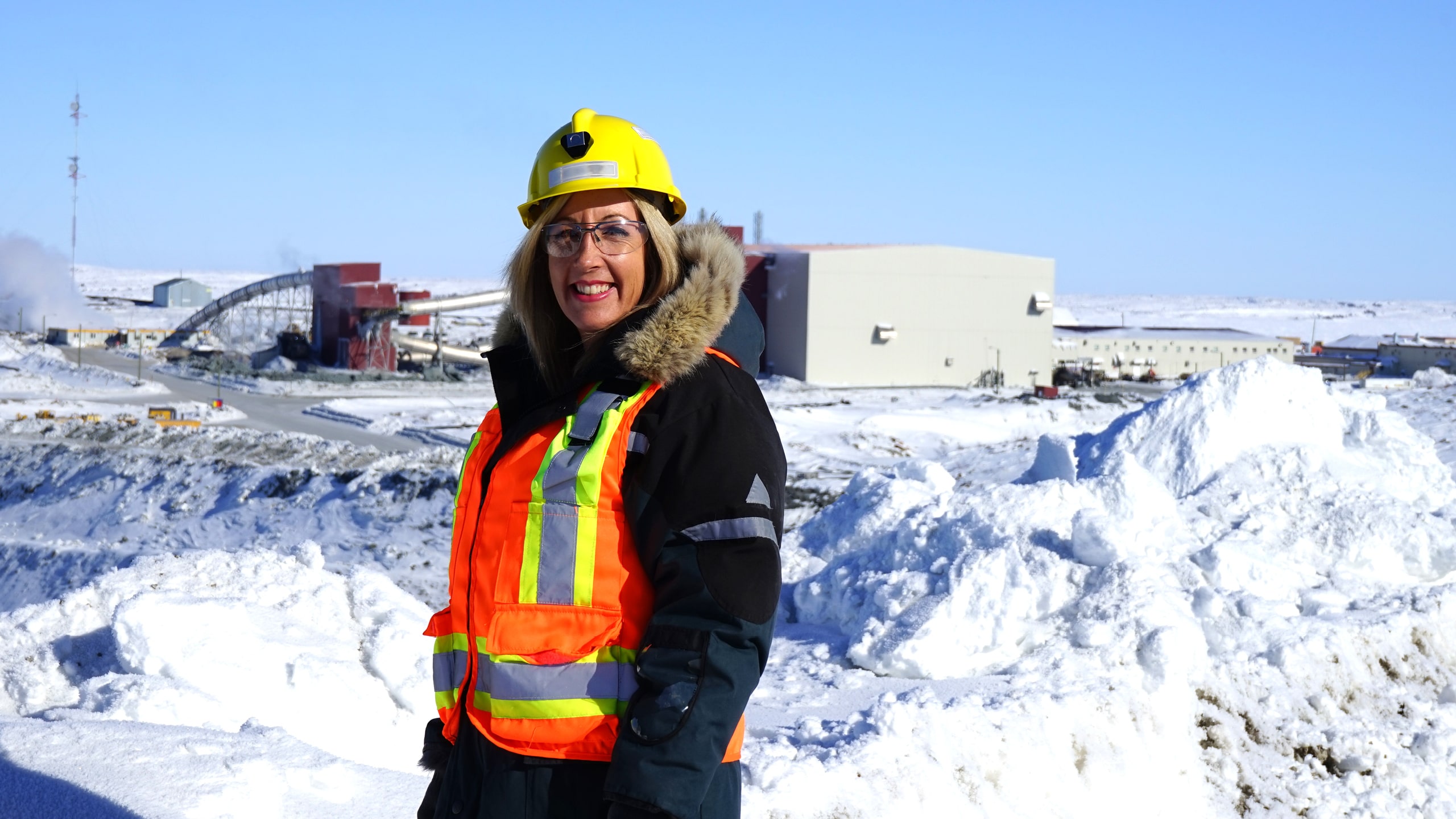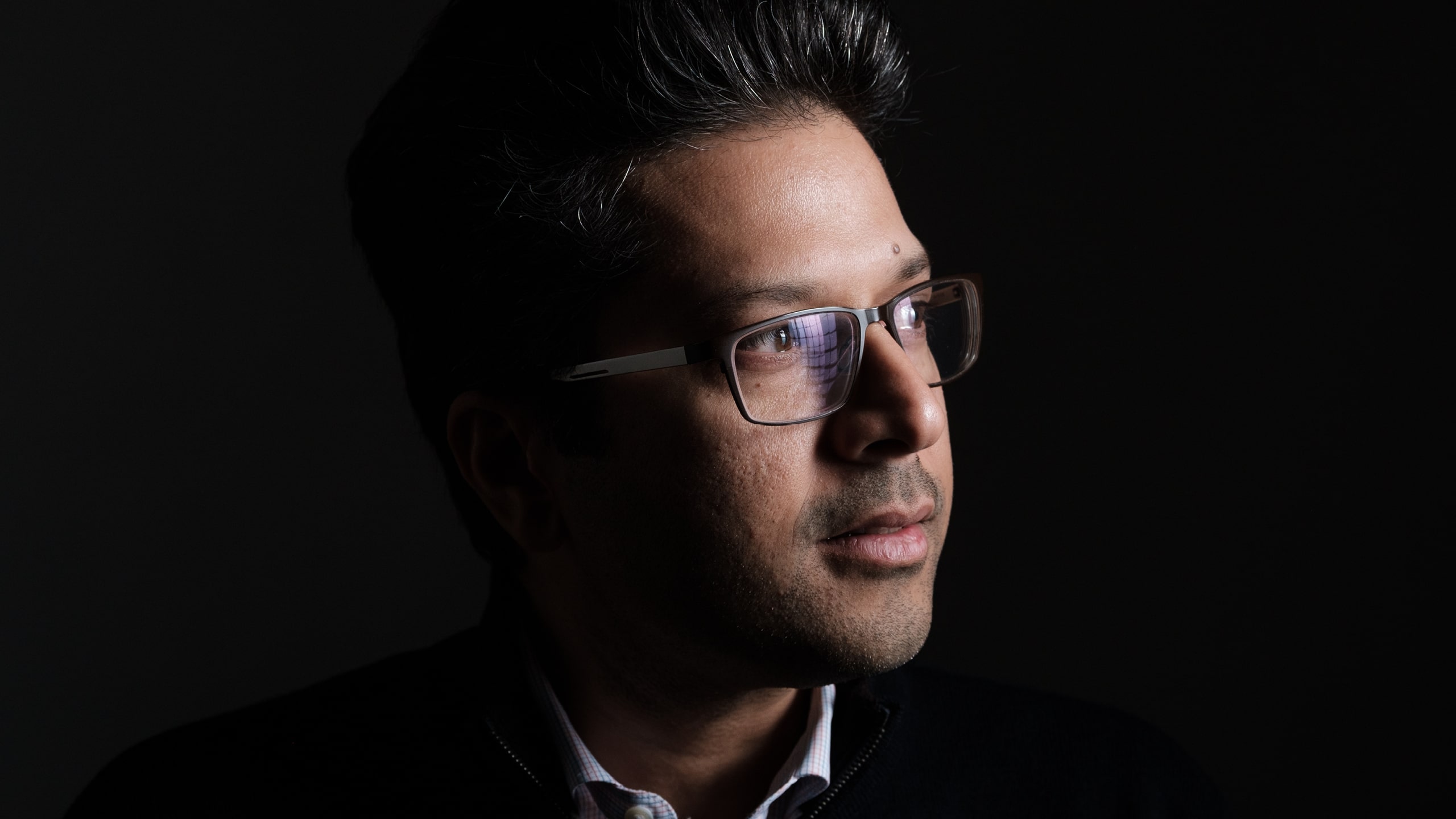The Journey of a Diamond
Every natural diamond has a scorching history that stretches back billions of years to the depths of the earth. Their journey from the earth’s core is an epic adventure, in which environmentalists and geologists play a critical part.
When a jeweler skilfully fixes a diamond onto an engagement ring or bracelet, this is the final step in a journey that goes back long before humans walked the earth. In fact, it goes back to before there was any life on earth at all, when the world was nothing more than a beautiful barren landscape.
Diamonds were formed more than 100 miles beneath the earth’s surface between one and four billion years ago and their story is one of incredible survival against the odds. Diamonds are rare, but when you look at how they were created, it is a miracle they exist at all.
A Fiery Start
Diamonds were formed as the world was being literally torn apart. The early earth didn’t have continents and islands as we see them now, but one giant land mass. As the molten rock of the earth’s core tore this huge continent into separate pieces it created immense pressure. In areas with a perfect combination of pressure and heat, carbon was forged into a unique atomic structure with amazing luminescence and hardness: the diamond was born.
The diamond’s journey to the earth’s surface was another violent miracle: between 50 and 100 million years ago, diamonds were catapulted to the earth’s surface in volcanic eruptions. Here, they are found in a host rock called kimberlite, which forms cone-shaped volcanic pipes a mile or so deep in some of the harshest and most extreme areas of the globe, such as the freezing north of Canada and the sizzling deserts of Botswana.
Kimberlite is hard to find, but its rarity has no comparison to diamonds themselves. The majority of kimberlite pipes don’t contain any diamonds at all – 15% contain diamonds and only 1% are economic to mine. Very careful consideration takes place to assess the viability of a potential mine; the priority is to calculate the impact on the environment and the local people, making sure they benefit.

Consulting with Local Communities
Before any mining can begin, there are in-depth studies to determine the cultural, socio-economic, and environmental impact. Diamond companies adhere to strict environmental standards and develop environmental management, monitoring and protection plans. These plans are created in collaboration with local communities, as well as local and national governments, through a comprehensive multi-stakeholder engagement process that begins well over a decade before one single diamond is recovered.
Allison Rippin Armstrong is an Environmental, Social and Governance consultant tasked with assessing how mines will affect the ecosystem and whether they can bring the greatest possible benefit to the local economy while minimising impact on the natural habitat.
“We involve local people at every stage of the process, from assessing the viability of a potential mine, right through to the operation of the mine and its eventual closure. It is all about being open and having dialogue with the communities. We have to properly listen, rather than dictate what is going to happen.”
Rippin Armstrong says she has learned to see the world in a different way since working with local people in the north of Canada. “To assess the potential impacts of a mine we would hire various experts, such as botanists, or bird experts and small mammal specialists. The Indigenous people they taught me to have a more holistic view of the world – they don’t see these as individual issues, to them everything is connected and everything in the natural world is important.
The Indigenous people they taught me to have a more holistic view of the world – they don’t see these as individual issues, to them everything is connected and everything in the natural world is important.
“You see really great examples around the world of mining companies and Indigenous people working together. In order to mine in the most responsible manner, government involvement is vital.”
De Beers Group’s work in Canada is a shining example. The company works closely with communities and governments and signs an agreement with local Indigenous groups to ensure they benefit before diamond mining begins.” It’s another example of the diamond industry bringing an incredible contribution where it’s needed the most, in some of the most remote areas of our world with limited resources and opportunities.

A Light Footprint
The mining companies will not proceed unless they are sure it can be done in an environmentally responsible way and provide a positive lasting contribution to the community. And once they do decide to go ahead, the process of extracting diamonds is a lot less disruptive than people might think, according to Dr John Armstrong, a geologist and VP of Technical Services for Lucara Diamond.
“Underground mining requires the creation of horizontal tunnels dug hundreds of metres underground,” he said. “But because kimberlite forms in relatively narrow pipes, the surface footprint of the mines is small compared to other types of mining. There are no toxic chemical bi-products, because once they are removed from the ground, diamonds are easily extracted from the host rock.”
“There are no toxic chemical bi-products, because once they are removed from the ground, diamonds are easily extracted from the host rock.”
“Once removed from the ground, the kimberlite is crushed into smaller pieces and mixed with water. X-rays help locate diamonds in the mixture, after which they are extracted using a puff of compressed air. The remaining mixture of water and kimberlite is placed in storage facilities.”
Dr Armstrong added: “We make sure that we use all of the natural resources as responsibly as possible, so for example we capture a lot of water during mining and re-use it during the processing of the host rock. Everything is planned to the smallest detail. A mine has a finite lifespan, so part of our job is to work out what to do once the operation is completed. We always return the site to as close to its original natural state as possible once the mine has closed, replacing rock and soil and allowing the land to naturally revegetate itself.”

Well Worth the Wait
“As a geologist, diamonds are fascinating,” explains Victoria Ziegler, Senior Technical Services & Laboratories Manager at De Beers Exploration. “Even a rough diamond is just beautiful – it has this incredible internal fire, a brilliance that you don’t see in any other minerals. If you slice through a rough diamond, you can see its history, the different growth events that formed it billions of years ago. Diamonds have very high thermal conductivity, so if you hold a diamond, it’s amazing how quickly it gets warm in your hand and if you put it on a piece of ice, the ice will melt almost instantly.
“Even a rough diamond is just beautiful – it has this incredible internal fire”
It is amazing that they were created in a harsh environment of extreme heat and pressure. They represent an incredible story of survival, of being formed far below ground and then projected to the earth’s surface in volcanic eruptions that in some cases change them or can even destroy them. When we study diamonds, we can understand more about deep earth processes. In this context, they have tremendous scientific value, something that many people are not aware of.”

Cut and Polish
Once the rough diamonds are extracted, they are sorted and assessed for size, colour and clarity, then sent to specialist diamantaires who craft them into the sparkling end product. Natural diamonds have supported the development of such incredible industries and communities since the 13th century when the very first – known – diamonds were polished.
Rajiv Mehta is a director of the Mumbai-headquartered Dimexon Diamonds, responsible for cutting and polishing countless rough diamonds every year, many of which makes their way onto some of the world’s finest watches.
“We source rough diamonds and process them for a wide variety of clients,” he says. “A lot of imaging technology is now used to extract the best value, but the entire procurement piece still involves human eye. We provide training programs for all of our staff, taking unskilled workers and turning them into qualified diamond cutters. Natural diamonds and the cutting and polishing industry they helped develop have had a hugely beneficial impact on local communities. Over 85 per cent of our staff are women, who are represented at all levels of the company, with many managerial roles also being held by women.”
Mr Mehta adds: “We run very robust environmental programs, including significant recycling and water conservation.
Natural diamonds have supported the development of such incredible industries and communities since the 13th century when the very first – known – diamonds were polished.
As the world returns to something resembling normality after the global lockdown, the search for beautiful natural diamonds will continue. And that desire to hunt for natural beauty is part of who we are, as Dr Armstrong says: “Humans have been using materials from the earth from the moment they walked upright. What matters is that we do it in the smartest way possible, by minimizing the impact and maximizing the benefits. I’ve never really considered it work because I’ve loved exploring for diamonds. It is incredibly satisfying because it is all about the quest to make a discovery.”
A diamond truly is a beautiful rock, but it is so much more than that: it is a true piece of history.




